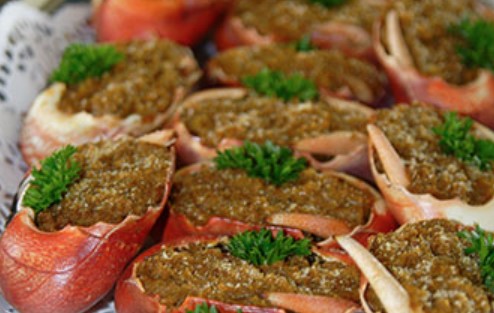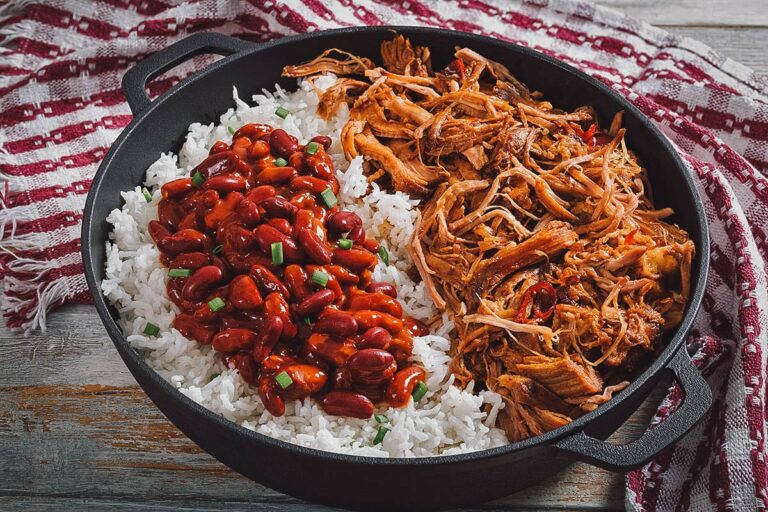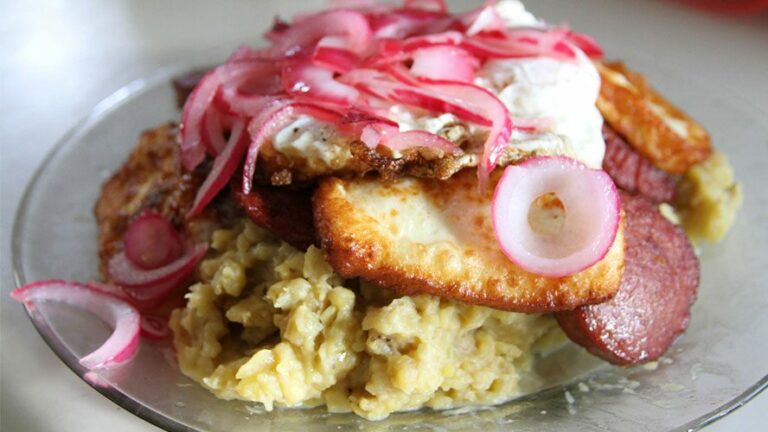Introduction to Dominican cuisine
Dominican cuisine is a unique blend of Spanish, African, and indigenous Taino influences. It is known for its bold and flavorful dishes that combine a variety of spices, meats, and vegetables. The cuisine is a reflection of the country’s rich history and diverse cultural heritage.
A brief look at Caribbean cuisine
Caribbean cuisine is a fusion of diverse cultural influences, including African, European, and indigenous traditions. The region’s cuisine is known for its use of spices, herbs, and tropical fruits, which create a distinct and complex flavor profile. Caribbean cuisine varies from island to island, with each country having its own unique culinary traditions and specialties.
The influence of Spanish and African culture
Dominican cuisine is heavily influenced by Spanish and African culinary traditions. The Spanish brought with them a variety of ingredients, including rice, beans, and various spices, which became staples in Dominican cuisine. African slaves brought with them their own cooking techniques and ingredients, which included yucca, plantains, and various meats such as goat and chicken.
Key ingredients in Dominican dishes
Dominican cuisine is known for its use of a variety of ingredients, including rice and beans, plantains, yucca, and a range of meats such as chicken, pork, and beef. Common spices used in Dominican dishes include oregano, cilantro, and garlic. The cuisine also makes use of achiote, a bright red spice made from the seeds of the annatto tree, which adds a distinctive color and flavor to many dishes.
Popular Dominican dishes and their features
Some of the most popular Dominican dishes include arroz con pollo (rice with chicken), sancocho (a hearty stew), and mangu (a dish made from mashed plantains). These dishes are known for their bold and flavorful combinations of meats, vegetables, and spices. Dominican desserts are also a highlight, with flan, tres leches cake, and dulce de leche being some of the most popular.
Comparing Dominican cuisine to other Caribbean cuisines
While Caribbean cuisine shares many similarities, each country has its own unique culinary traditions and specialties. Dominican cuisine stands out for its use of achiote spice, plantain-based dishes, and bold flavors. Jamaican cuisine, for example, is known for its use of jerk seasoning and spicy sauces, while Puerto Rican cuisine features a variety of stews and rice dishes.
How Dominican cuisine stands out
Dominican cuisine stands out for its unique blend of Spanish, African, and indigenous influences, which create a vibrant and flavorful culinary tradition. The cuisine’s use of achiote spice and plantain-based dishes, as well as its bold and complex flavors, make it a standout in the Caribbean region.
Conclusion: discovering the unique flavors of Dominican cuisine
Dominican cuisine is a reflection of the country’s rich history and diverse culinary heritage. The cuisine’s unique blend of Spanish, African, and indigenous influences, as well as its use of bold flavors and spices, make it a standout in the Caribbean region. Exploring the flavors of Dominican cuisine offers a chance to discover the country’s rich cultural traditions and vibrant culinary history.






